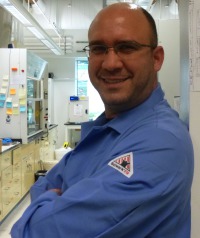Find a Supervisor
 Our department has many faculty members who are currently accepting graduate students. This page provides a short summary of the faculty members and their research programs. You are encouraged to contact them to find out more information about their research programs and for guidance in the application process. The full list of chemistry faculty members is available
here.
Our department has many faculty members who are currently accepting graduate students. This page provides a short summary of the faculty members and their research programs. You are encouraged to contact them to find out more information about their research programs and for guidance in the application process. The full list of chemistry faculty members is available
here.
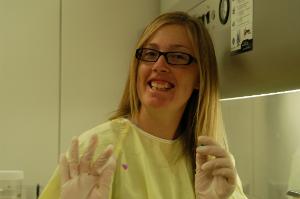 |
Lindsay CahillB.Sc., Ph.D. McMaster physical chemistry, solid-state nuclear magnetic resonance, medical imaging |
Our research group is focussed on identifying the mechanisms and improving the diagnosis of complications during pregnancy. Using advanced imaging technologies, such as high-resolution magic angle spinning magnetic resonance spectroscopy, in combination with animal models, we aim to further our understanding of metabolic abnormalities associated with pregnancy and the consequences for brain development. |
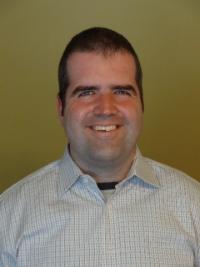 |
Karl JobstB.Sc., Ph.D. McMaster Environmental mass spectrometry |
The identities of most environmental toxicants and their role in causing chronic disease are unknown. Our research aims to bridge this gap through the development and application of novel non-targeted mass spectrometry techniques and sophisticated computational tools. |
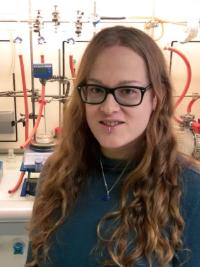 |
T. Jane StockmannB.Sc., Ph.D. Western physical chemistry, electrochemistry, materials chemistry, sensors |
Research in the Stockmann lab seeks to generate new materials for electrochemical applications in the fields of health, energy, and the environment. At first, the group will focus on the development of novel ionic liquid (IL) and organic ionic plastic crystalline (OIPC) substrates with incorporated nanoparticles as nano-composite materials for flexible electrode, catalytic, and (bio)sensing applications. These nanofluids and nanoplastics will be incorporated, for example, into soft probes for enhanced/selective scanning probe methodologies, such as scanning electrochemical microscopy (SECM), utilizing ultramicro- and nano-electrodes to electrochemically image anything from living cells to environmental and industrial samples. These nano-composites can also be incorporated into sensors. |
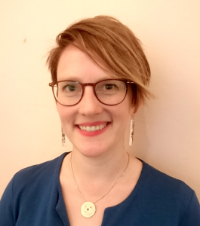 |
Heather ReaderB.Sc. Calgary, Ph.D. Georgia Canada Research Chair in Chemistry of the Ocean and Atmosphere marine chemistry, biogeochemistry, environmental chemistry, analytical chemistry |
|
 |
Huck GroverB.Sc. Wilfrid Laurier, Ph.D. Western Website |
The research aims in the Grover group include:
|
|
|
Michael KatzB.Sc., Ph.D. Simon Fraser inorganic and materials chemistry, porous materials |
The Katz research group is focused on studying porous materials such as Metal-Organic Frameworks (MOFs) and Porous-Organic Polymers (POPs) for applications in sustainable chemistry. |
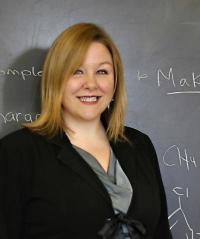 |
Stephanie MacQuarrieAdjunct Professor Cape Breton University, Sydney, NS B.Sc. (Hons) Mount Allison Ph.D. Virginia Tech. |
|
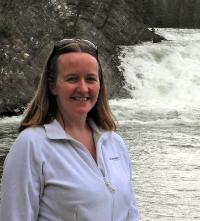 |
Francesca KertonB.Sc.(Hons.) Univ. of Kent, D.Phil. Univ of Sussex green chemistry, biomass, catalysis, ionic liquids |
Researchers in the Kerton group work at the inorganic-organic interface developing new chemical processes with low environmental impact, including transformations of biomass and activation of carbon dioxide. |
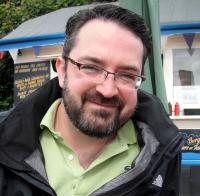 |
Chris KozakB.Sc.(Hons.) McMaster, Ph.D. UBC organometallics, catalysis, polymers, inorganic chemistry |
My research focuses on synthetic metalloorganic chemistry and green chemistry. Particular projects involve development of new molecular metal-containing catalysts for:
|
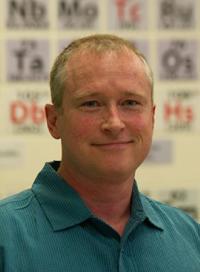 |
Travis FridgenB.Sc. Trent, B.Ed., Ph.D. Queen's Experimental Physical Chemistry and Mass Spectrometry |
Our research focus is on the physical chemistry--structure, thermochemistry, kinetics, fragmentation pathways, etc--of bare and hydrated metal ion coordinated biological ions--such as amino acids, nucleobases, and carbohydrates--isolated in the gas phase. We use a combination of both experimental and theoretical methods such as mass spectrometry, laser infrared spectroscopy, collision induced dissociation, as well as density functional and wavefunction-based electronic structure calculations and statistical modelling of rate constants. |
 |
Yuming ZhaoWebsite Organic Materials and Nanotechnology |
The Zhao group’s research is oriented around the syntheses of tetrathiafulvalene vinylogues (TTFVs) and TTFV analogue polymers for molecular sensors and receptors of fullerene, carbon nanotubes, and metal ions, as well as the synthesis of functionalized polymers for marine anticorrosion coating materials.
|
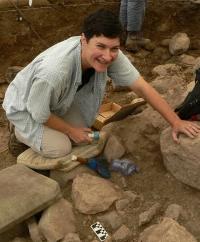 |
Kris PoduskaB.A. Carleton Coll., Ph.D. Cornell Materials |
The Poduska group focuses on experiments that investigate how structural order in solid materials, introduced during their preparation and during their use, affects electronic, magnetic, optical, and mechanical properties. We study archaeological materials as well as high-tech materials with potential applications in medical implants, data storage, and sensors.
|
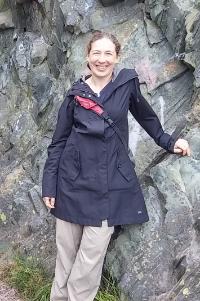 |
Erika MerschrodA.B. Bryn Mawr Coll., Ph.D. Cornell Biomaterials |
The Merschrod group studies structure-function relations in hierarchical materials, with computational and theoretical work informed by experimental data from our lab and from collaborators. Current and recent projects include: electronic structure in polycrystalline materials, and ion-induced protein aggregation. |
 |
Sunil PansareB.Sc., M.Sc., Univ. Pune, Ph.D. Alberta Organic Chemistry Organocatalysis, Natural Product Synthesis |
The development of expedient asymmetric routes to functionalized organic molecules is of interest because most chiral, biologically relevant molecules are optimally active as single enantiomers. Our research interests are mainly in the area of asymmetric organic synthesis. Recent research in our group focuses on the design of new organocatalysts for fundamental, carbon-carbon bond forming reactions. We are also interested in the development of new multicomponent reactions for combinatorial chemistry based applications in diversity-oriented synthesis. |
 |
Christina BottaroB.Sc.(Hons.) St. Mary's, Ph.D. Dalhousie Analytical Chemistry |
The central theme of our research is the development of new methods and techniques for rapid and sensitive analysis of organic environmental pollutants. Although our work explicitly focuses on environmental contaminants, the methods developed for the analysis of pharmaceuticals could find application in forensics, clinical analysis and the pharmaceutical industry. Recently, we have been developing thin films of molecularly imprinted polymers for use in sensing systems and for high throughput applications with ambient desorption ionization-MS techniques, such as DESI-MS. |
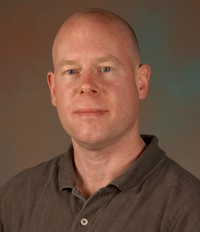 |
Graham BodwellB.Sc., M.Sc. Victoria, Dr.rer.nat. Tech. Univ. Braunschweig Organic Synthesis |
Our group is involved in research aimed at the synthesis of natural and non-natural products, the development of new methodology and the study of strain and its implications. |
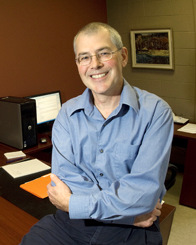 |
Peter PickupB.A., D.Phil. Oxon Electrochemistry, Materials, and Energy |
Our group studies a range of topics. including: membranes and catalysts for fuel cells, conducting metallopolymers, ethanol fuel cells, renewable fuel from biomass, carbon dioxide reduction, fuel from CO2, and electrode materials for supercapacitors. |
